

A Communication Pathway to Ag for Development
April 27, 2021
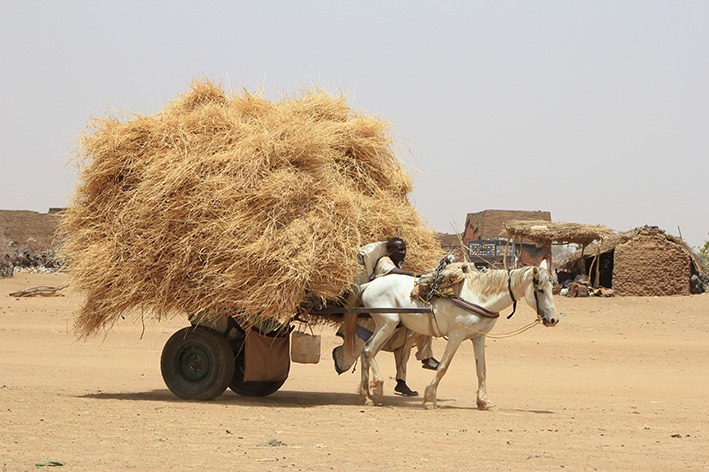
The Crawford Fund has a commitment in its capacity building and public awareness programs to the importance of communicating the impact of the work of those involved in agricultural R&D to a broad range of non-scientific audiences in funding agencies, other interested stakeholders such as farmers and extension agencies and to the general public through the media. And so we are pleased to bring you the story of Zoie Jones who has had a communication pathway to ag for development which has taken her from an ABC studio in Melbourne to ‘all over the world’ to tell the stories of international efforts to end poverty, eradicate hunger and malnutrition, and increase sustainable agricultural production.
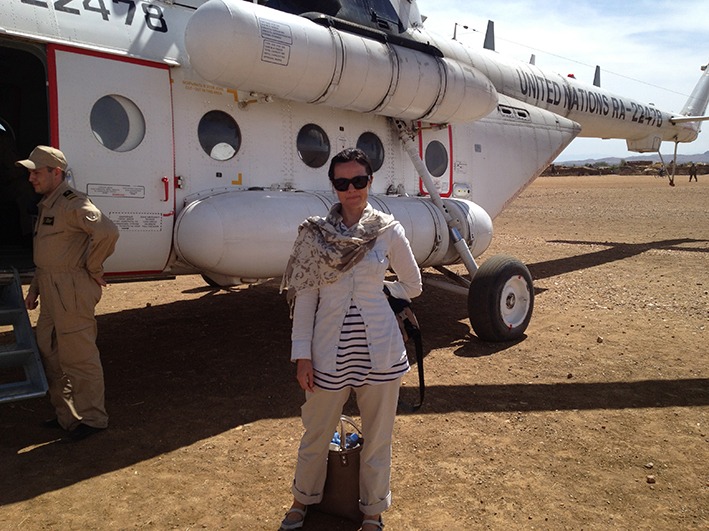
I came to work in the field of agriculture for development via 10 years as a journalist in Australia and Germany.
When I started my journalism career at the ABC’s Triple J in Melbourne, little did I know that my career path would lead me to villages in Darfur, the desert border crossing between Egypt and Sudan, Nepal after the 2015 earthquake, Rome and many places in between.
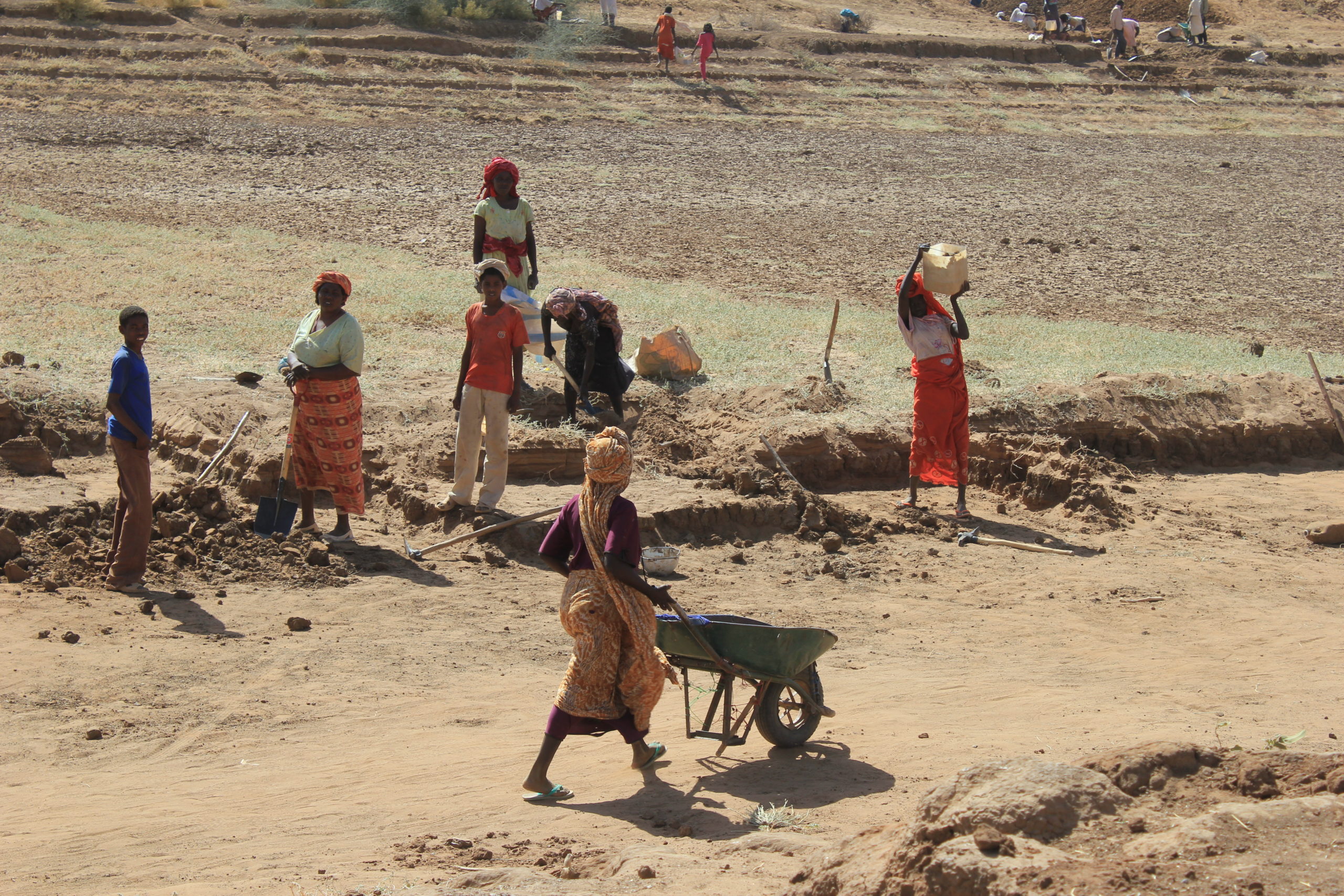
I work in communications for the United Nations Food and Agriculture Organization (FAO). We work in many countries around the world to end poverty, eradicate hunger and malnutrition, and increase sustainable agricultural production, leaving no one behind. We work across many of the Sustainable Development Goals, and our organization’s aims are summarised as the four betters: better production, better nutrition, better environment and a better life for all. The impacts of our work can be seen in villages, urban areas, government policies and inter-governmental fora.
For example, in Mali we are working with cotton farmers to diversify and increase their incomes so that their household food security improves, and their children no longer need to work in the fields and can instead go to school. At the national level, we provide agricultural policy support and guidance, and at the global level we campaign for eliminating child labour in agriculture.
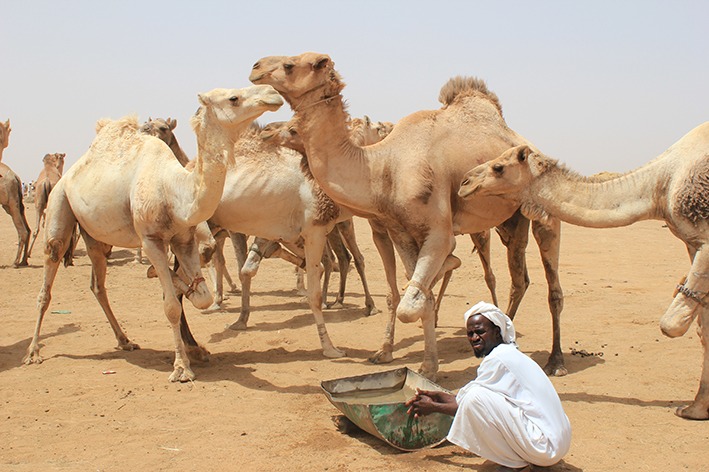
In emergency areas such as parts of South Sudan and the Democratic Republic of Congo, we provide farmers with seeds and tools to plant a crop, and families with kits to plant fast-growing vegetables or chickens to breed for eggs. We coordinate with our sister UN agency, the World Food Programme, who provide emergency food for immediate relief while we work to implement a longer-term solution.
We also work at the national and regional levels to provide policy support to governments and share our technical experts’ knowledge. And our leaders can be found in the international arena, such as the UN Security Council, providing expert analysis on the increasing levels of global hunger which in part are being driven by conflict and climate change.
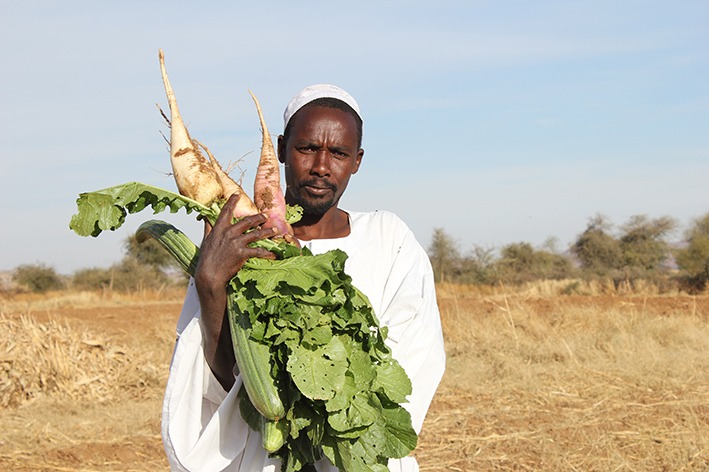
Communicating on ag for development
In my current role, I oversee communications in Africa: drawing on my media background to liaise with journalists to get our issues raised and stories published, coordinating content production with the 40+ countries in our region, and managing communications and reputation protection for our regional leadership.
Previously I worked for the World Food Programme’s global media team, based in Rome. During that period, I was sent to Nepal in the aftermath of the devastating 2015 earthquake. Crops and food stores had been lost and we were delivering tonnes of bags of rice to keep communities going until the emergency phase subsided. I’ll never forget choppering high up into the mountains and spotting a huddle of people in the rain in an open field, their homes destroyed, waving to us to land to deliver our rice and basic shelter.
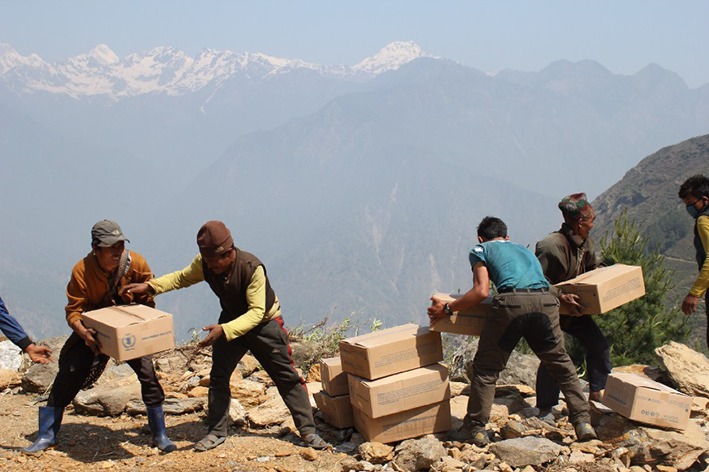
The challenge in communicating on agriculture for development is to define our broad and complex mandate in a simple and memorable way for our audiences, to convince donors of the impacts of our work and to translate technical language into accessible, useful information. It also requires knowledge of a wide range of topics, from climate smart agriculture to tsetse fly, and being able to manoeuvre through clearance and production processes while also meeting tight deadlines.
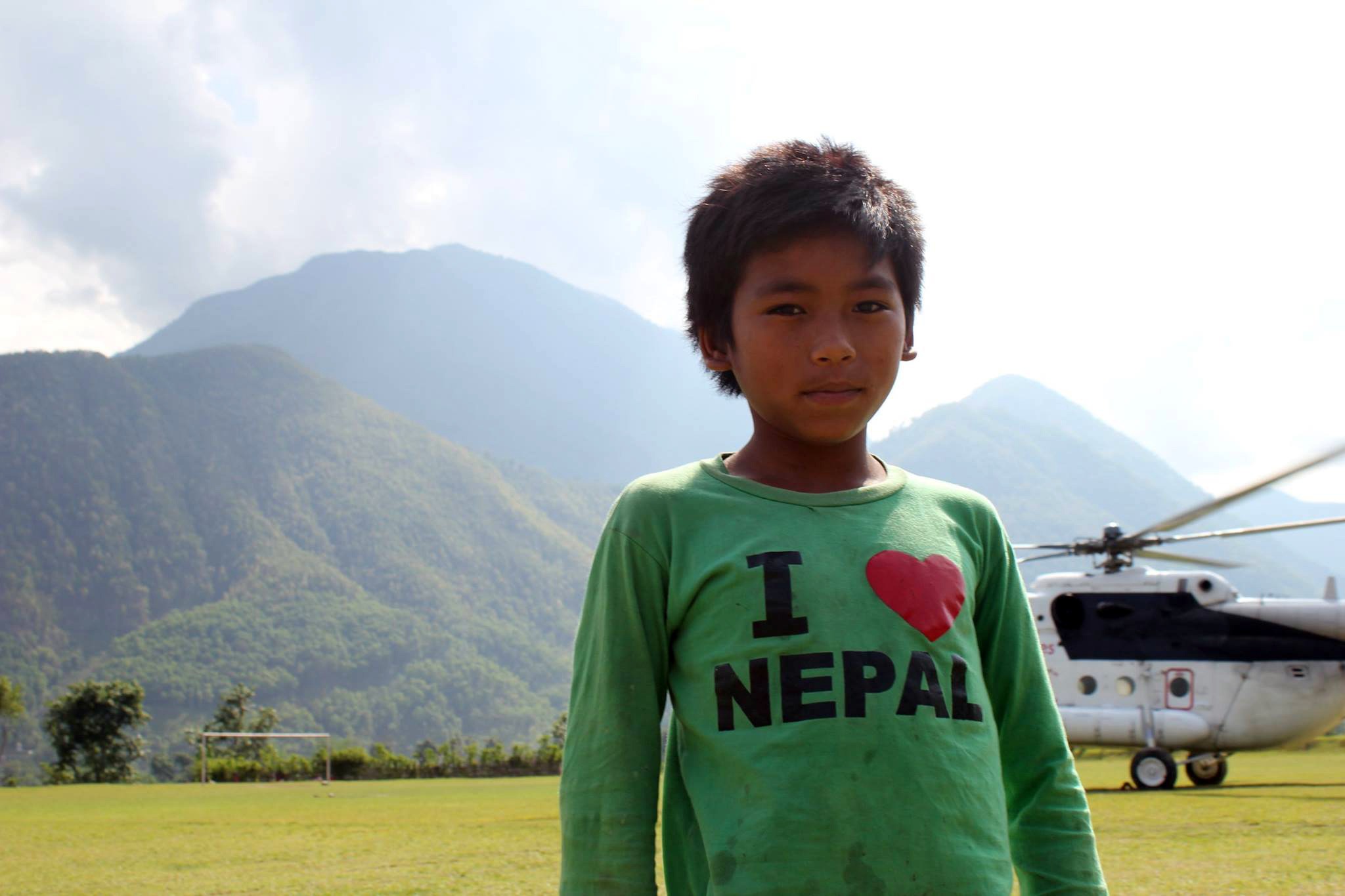
How I got into this field
To get into this line of work, I was lucky enough to be offered a 3-month consultancy to work for FAO’s Sudan office, based in Khartoum. It was in 2011, shortly after the country split in two to create the newest nation of South Sudan. Those three months were extended to two years, and I have been working internationally ever since.
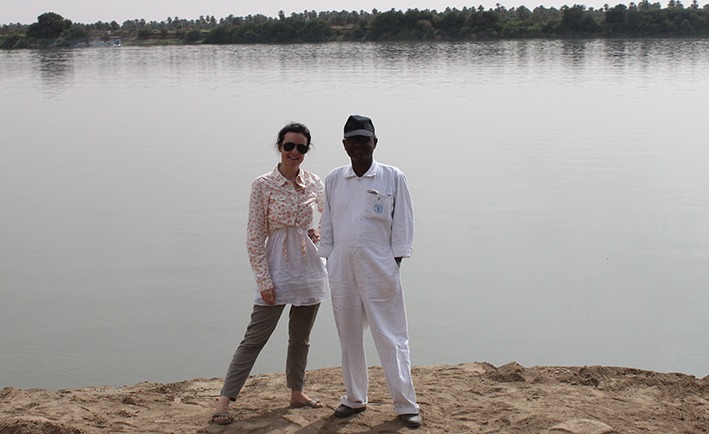
Getting experience at the country level, particularly in a challenging context, is a great asset if you are interested in this field. There could be opportunities with non-government organisations, which are often implementing partners of UN agencies, short-term consultancies, junior or associate professional officer positions (JPOs or APOs) funded by donor countries, or internships. Often communications officers have media backgrounds, and skills in languages other than English also help.
I studied Arts at Melbourne University and then Journalism at RMIT. While in Sudan, I completed my Masters in Communications with Griffith University through Open Universities.
While the hours can be long, it is a very rewarding field and one I hope to continue developing my career in.




 0
0